If you’ve ticked Kenya and Tanzania off your wishlist, it could be time to consider the dramatic landscapes and rare wildlife of Namibia as your next Africa safari adventure. Our Namibia experts share their advice on the best things to do and see in Namibia.
The visitor sees the bushes, the guide sees through them. This was certainly true in respect of our guide Verikomba as we explored Etosha National Park in northern Namibia. Etosha is bigger than Wales and the salt pan that defines the landscape can be seen from space. For most of the year, wildlife congregates around the waterholes, giving you almost guaranteed sightings. We saw the threatened black rhino, a group of vultures, hyena, jackals, cheetah and the most magnificent trio of roaring lions that I have ever seen.
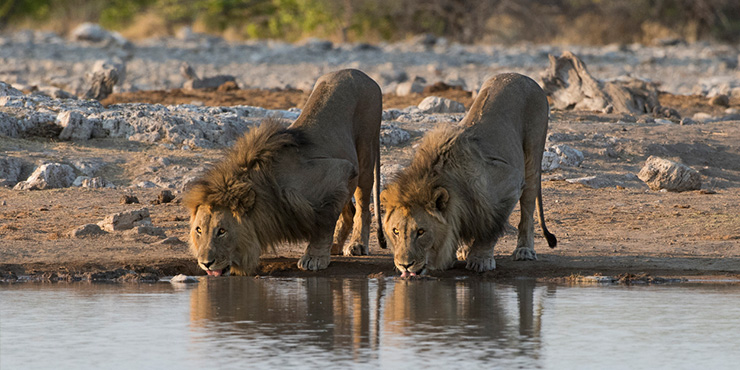
Namibia is three times the size of the UK but has just over two million people. As a seasoned safari addict, it was an absolute delight to visit a location where the animals outnumbered the safari vehicles. We met the Himba people, where the ladies rub a mixture of animal fat and red ochre onto their bodies and hair, which some believe is to protect against the sun. We also admired the engravings of lions, seals and giraffes made on the rocks by the San bushmen thousands of years ago.
We travelled to the Skeleton Coast, named because of the fogs produced by the cold Benguela current and the treacherous waves that have littered the shoreline with wrecks. The shipwrecked survivors landed on an inhospitable, arid shore to leave only their skeletons in the sands. This is where we encountered one of the greatest wildlife spectaculars on the planet at Cape Cross. Here, thousands of cape fur seals have a nursery for their young. The shallows and rock pools create a safe haven where the pups can hone their aquatic skills safe from the sharks that cruise in the deeper waters further out. The pups bleat like a huge flock of lambs as they charge relentlessly over the rocks and sand between feeds from their mothers.
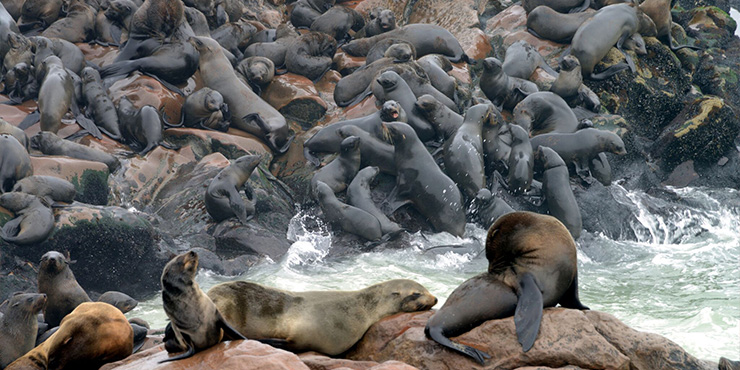
Further down the coast we stay at Swakopmund, named after the river that periodically flows into the sea. The name of the river means stinking hole. Today it is an elegant seaside resort with a distinctly German flavour. Both here and at the capital Windhoek we are reminded of the colonial past. Namibia was the location of the first genocide of the 20th century but, strangely, memorials to some of the perpetrators remain alongside monuments to those who gave their all in the struggle for freedom. This seems odd, but there is a lesson for us all in that the Namibians have learnt to forgive in respect of past memories in order to go forward. Our guide explains, “History is like a baby. As it grows up, pictures go in the family album but you don’t go back and rip out the pages you don’t like”.
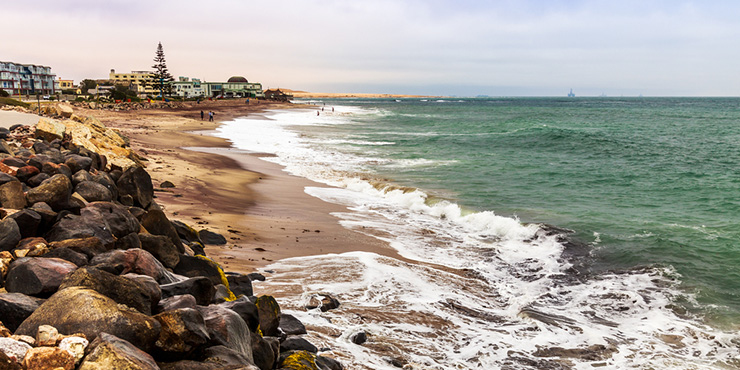
Finally we head off into the oldest desert in the world, the Namib, to encounter sidewinder snakes and other creatures that live just below the surface. We climb the stunning dunes at Sossusvlei and encounter a surreal landscape of dead trees that refuse to rot over a hard white mineral pan.
Namibia is a splendid country. Prices are very reasonable, distances are great but the rewards are high. The mix of wildlife, culture and history mean that you are constantly stimulated. Lodges are spectacular and the quality of food that they produce is amazing given the very isolated locations. For the discerning Africa visitor who has ticked off the more familiar locations, Namibia represents a truly memorable holiday.
We asked our Namibia expert, Chloe Larsson, for her top tips and advice:
The best way to explore Namibia
I’d recommend three different ways to explore Namibia, depending on your travelling style. One of our small escorted group tours of Namibia is perfect if you want a stress-free stay with someone else navigating the roads and knowledgeable guides throughout, giving you the best insight to Namibia’s culture, landscapes and wildlife. Meals and tips are included, so it’s an easy option and you can always upgrade to a private tour if you prefer. Alternatively, you could opt for a fly-in tour of Namibia to travel between lodges, which is an incredible way to see the landscapes and a luxurious choice if you want to maximise your time here.
Namibia is also a surprisingly easy self-drive option if you’re comfortable behind the wheel abroad. This gives you the ultimate flexibility to enjoy a bespoke adventure and you can do it at your own pace. It will mean driving on gravel roads for long distances in a 4x4, but you’ll have complete freedom to make photo stops, add experiences and mix both luxurious and adventurous places to stay.
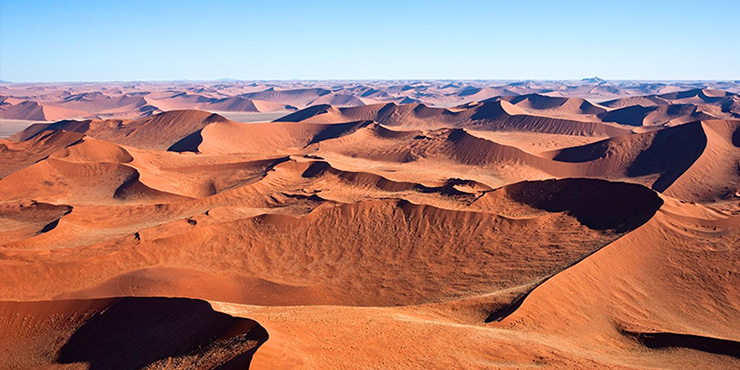
What’s it like to visit Namibia?
The scenery is absolutely mind-blowing. Mountains, deserts, oceans, canyons, sand dunes and salt pans – every day brings a diverse landscape that’s a photographer’s paradise. It’s hard to take a bad picture here! There is a real sense of adventure as you head out along seemingly-endless gravel roads, but it also feels relatively safe in comparison to other southern Africa countries, with polite and friendly locals and high service levels. There is also a fascinating mix of different tribes – with 13 different ethnic groups, ranging from the Himba to the Kalahari bushmen.
The food in Namibia is a meat-lovers’ paradise where the Braai (barbecue) is king. But you’ll also find fresh seafood and Walvis Bay in particular is famous for its oysters. A must-try during your stay is the famous apple strudel made in the Solitaire bakery – a fuel station in the middle of the Namib desert!
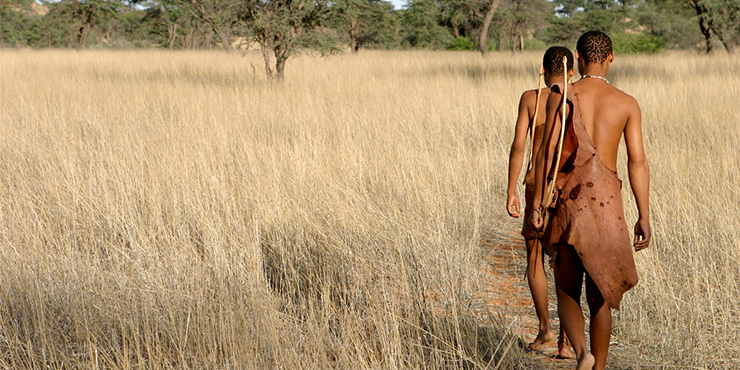
Tell us about Namibia’s wildlife…
Namibia is famous for its wildlife and conservation projects. It ranges from desert elephants to dolphins, leopards, meerkats and lions to whales. Namibia also has three of the largest national parks in Africa and is home to the largest population of free roaming black rhinos in the world. You’ll find the Save the Rhino project here, too, where Prince Harry worked in 2015. Namibia also has the largest population of free-roaming cheetahs in the world and, during our Namibia Explorer tour, you can visit the Africat Centre in Okonjima, a non-profit organisation that helps conserve and rescue Namibia’s powerful big cats, with the aim to release them back into the wild.
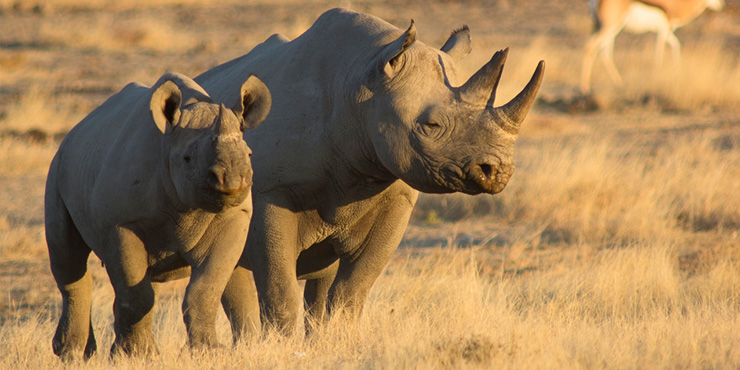
What are your top places to visit in Namibia?
- Fly over the decaying shipwrecks buried in the desert on the Skeleton Coast
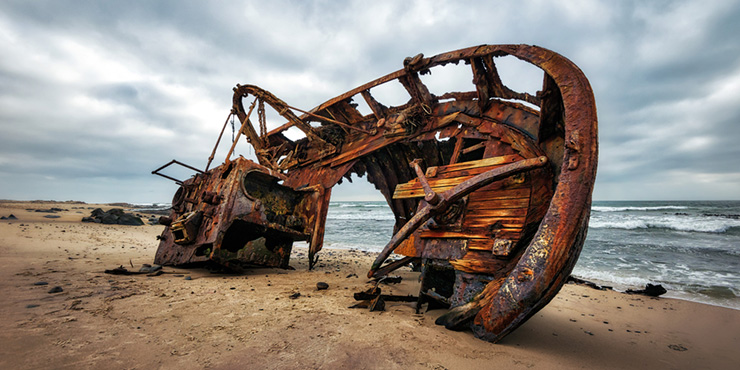
- Visit the bushmen of the Kalahari and see the desert wildlife
- Climb sand dunes and see the petrified forest in Sossusvlei
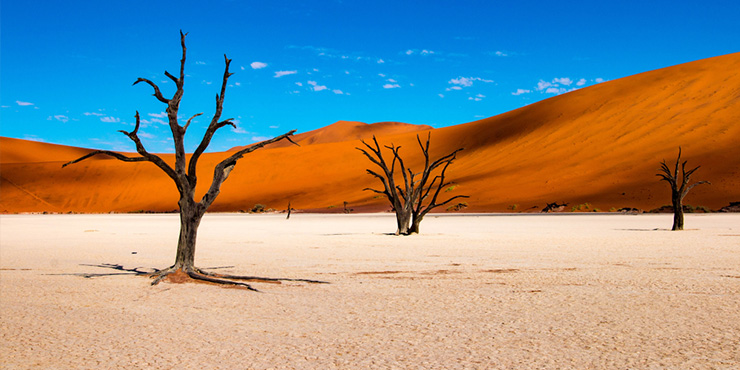
- See incredible canyons, bird life and fossils in Fish River Canyon
- Explore Damaraland for desert elephants, ancient rock carvings and incredible stargazing
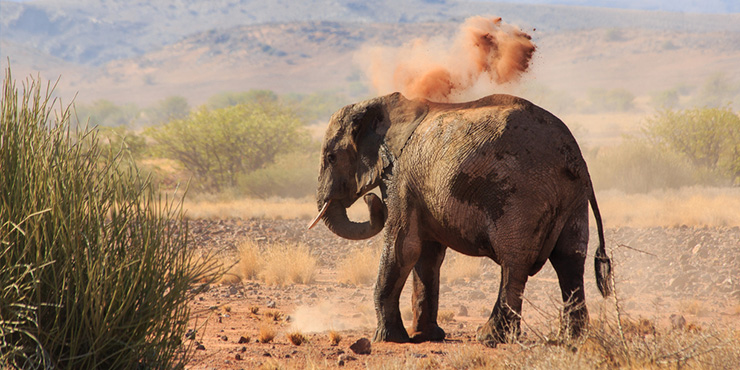
- For ghost towns and a diamond-mining history lesson, visit Luderitz
- For a quaint German-style town, visit Swakopmund
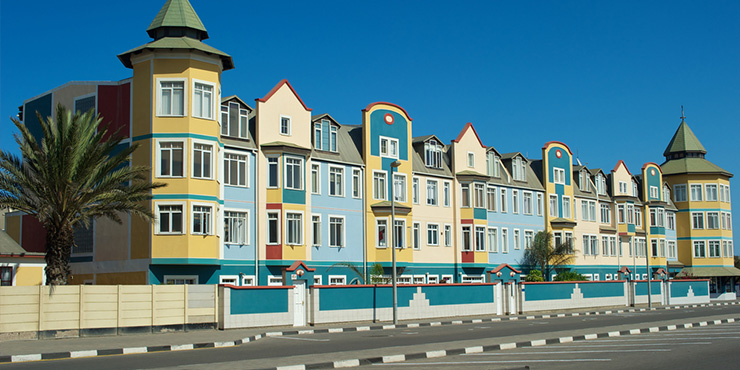
- Go whale watching from Walvis Bay
Where can we stay in Namibia?
Kuoni offers a great range of accommodation to suit all budgets and tastes, from tents to luxury beachfront hotels. The service was great throughout my time in the country.
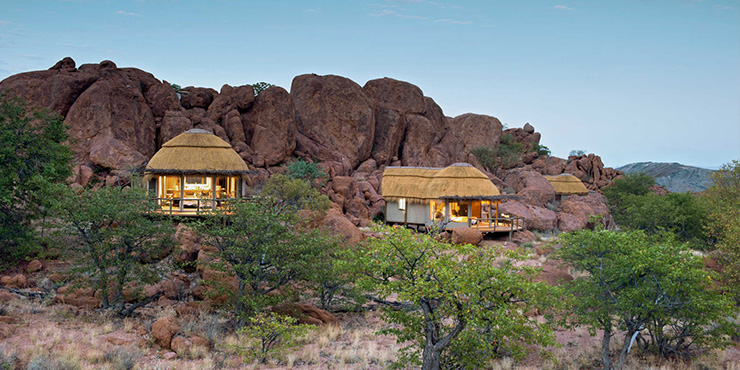
When is the best time to go to Namibia?
The best time to travel to Namibia is April through to November, which is the dry season. Vegetation is sparse during this time and, in national parks, the wildlife congregate around the waterholes, making animals easier to spot. Days are usually warm and sunny, but I’d recommend layers as at night and during early morning game drives, it can get a bit chilly – especially during June, July and August.
Inspired?
Come and chat to us inside your local Kuoni store and we can create a tailor-made Namibia holiday just for you. Alternatively, search our expert finder for a Namibia expert and to talk to someone who has actually been there.
This feature was published on 23 October 2018. The information within this feature is correct to the best of our knowledge at the time of print.

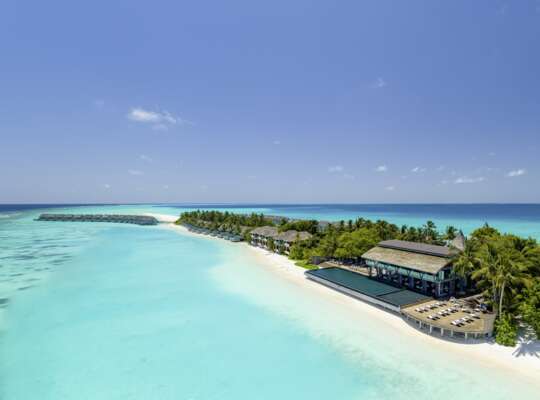
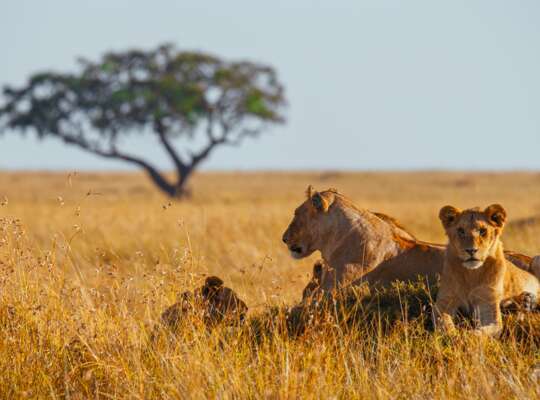


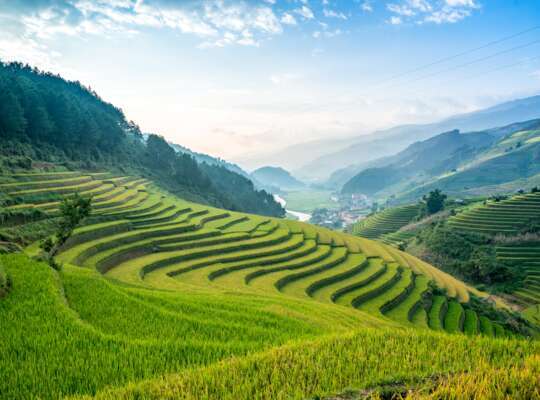

_w=24_h=25.png?v=b71667f1b0243497a8c080edd5d032e11f899818)
_w=24_h=25.png?v=b71667f1b0243497a8c080edd5d032e11f899818)
_w=24_h=25.png?v=b71667f1b0243497a8c080edd5d032e11f899818)